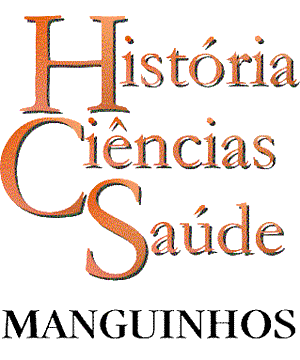Resumo em Português:
A polêmica sobre os organismos geneticamente modificados (OGMs) é complexa, envolvendo poderosos interesses econômicos, bem como aspectos éticos, legais, emocionais e científicos. Os últimos são abordados neste artigo. Os cientistas do grupo ‘triunfalista’ afirmam que os OGMs e produtos derivados são seguros para o meio ambiente e não oferecem maiores riscos à saúde que os similares não modificados geneticamente. Isto é contestado pelos cientistas ‘críticos’, motivados pela escassez de estudos sobre impactos ambientais e toxicidade dos OGMs, e que apontam falhas em testes efetuados pelas empresas donas das patentes dos transgênicos. Questionam, ainda, o estado atual do processo de transgenia, pouco preciso, o que, aliado ao desconhecimento das funções de 97% do genoma, pode acarretar efeitos imprevistos, com riscos ainda não avaliados sobre o meio ambiente e a saúde pública, por exemplo, a transferência de genes alienígenas para outras espécies, o surgimento de toxinas, a criação de novos vírus, o impacto sobre insetos benéficos e a biodiversidade, em geral. Já há exemplos desses efeitos.
Resumo em Inglês:
The intricate debate over genetically modified organisms (GMOs) involves powerful economic interests, as well as ethical, legal, emotional and scientific aspects, some of which are dealt with in this paper. (It is possible to identify two main groups of scientists across the GMOs divide: the triumphalist and the critical group.) Scientists in the triumphalist group state that GMOs and their derivatives are safe for the environment and do not offer health hazards any more than similar, non-genetically modified, products. This view is disputed by the critical scientists, who are prompted by the scarcity of studies on the environmental impacts and toxicity of GMOs, and who point out flaws in tests performed by the same companies which hold the patents. They are also critical of the current state of the process of gene transference, lacking accuracy, a fact which, coupled with the scant knowledge available about 97% of the genome functions, may produce unforeseeable effects with risks for the environment and public health yet to be assessed. Examples of such effects are: the transference of alien genes [??] to other species, the emergence of toxins, the creation of new viruses, the impacts on beneficial insects and on biodiversity in general.
